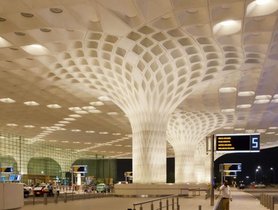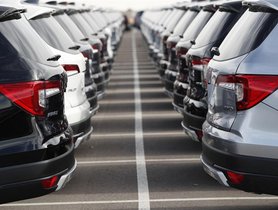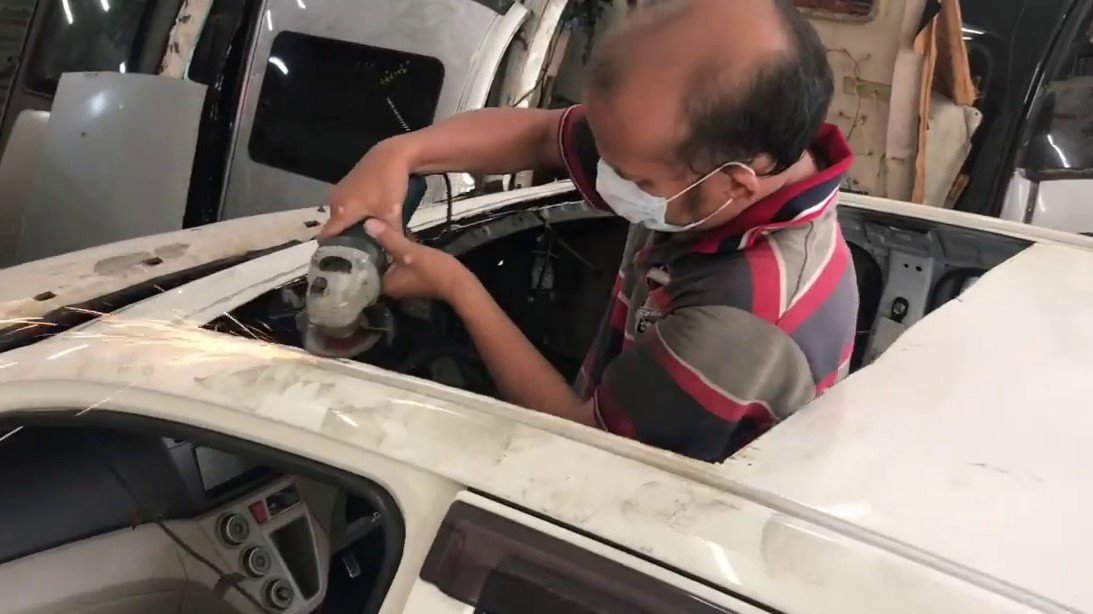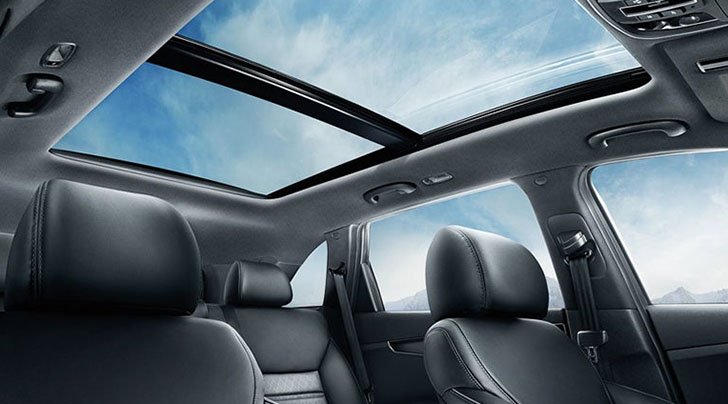Popular Stories
YOU MIGHT BE INTERESTED IN
Should I Install A Sunroof In My Car?
by Mohit Bhardwaj |
16/10/2019
With this new craze for sunroofs in car, people have started installing in the cars bought without them. If you are confused whether you or shouldn't install a sunroof in you car, here's how you should decide.
















 Follow us on google news
Follow us on google news
